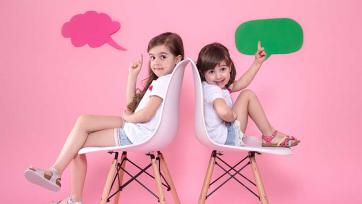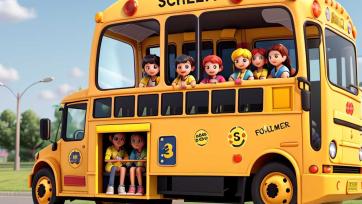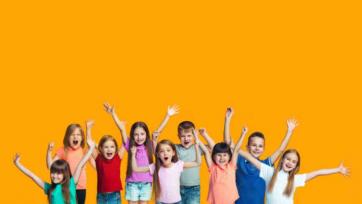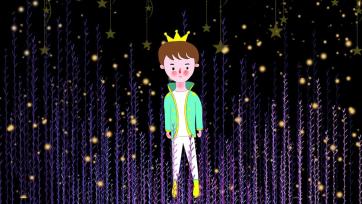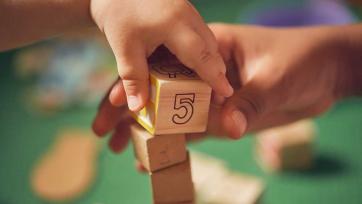No matter what your age, there's always something to learn. Whether you want to improve your math skills or better understand history, there are plenty of fun learning activities out there that you can take on. This blog post has put together five of our favorite fun learning activities for kids. From making slime to learning about animals, these will keep you entertained and learning simultaneously!
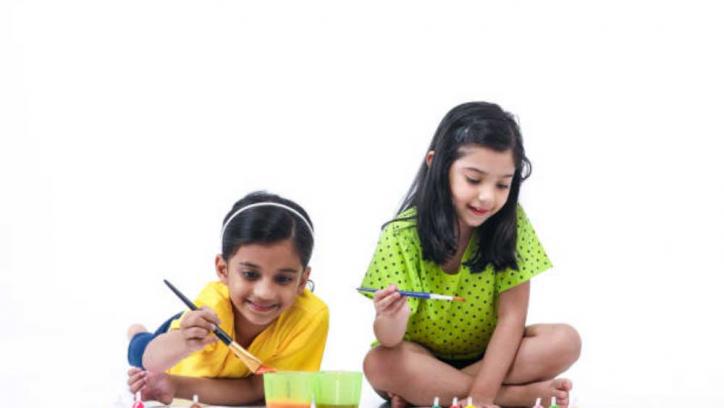
Sun Printing
One way to keep your kids entertained is by finding fun learning activities. Here are some great ideas to get you started:
1. Make a sun print poster. This really easy and fun project will help your child learn about the solar system. All you need is some paper, tape, and a printer. First, print out a picture of the sun on white paper. Then, tape it to a wall in your child's room so they can see it every day when they wake up. Next, have them trace the outline of the sun with their finger. Finally, have them print the image using their printer, and voila! You've created a sunprint poster to teach them about our starry friend!
DIY Rainstorm
This easy science experiment lets kids play with shaving cream and make their stormy weather. They'll likewise learn about lab procedures and geology while building fine engine control abilities.
Twist and Count
Kids love activities that keep their minds active, and their bodies moving. Here are five fun learning activities for kids that will keep them entertained and engaged.
1. Twisting a rubber band: Kids can twist a rubber band around their fingers in different directions to learn about the number sequence 1, 2, 3, 4, and 5. This activity is excellent for increasing hand-eye coordination.
2. Playing connect the dots: This activity is perfect for developing sequencing skills as kids have to connect the dots between two different pictures. The more puzzles they complete, the more challenging the game becomes.
3. Counting objects: Kids can practice counting by looking at different types of items in their environment and counting them aloud. They can also try counting out loud while walking or running around the house.
4. Drawing with numbers: Kids can use drawings to help them learn math concepts like addition and subtraction by identifying the numbers on various objects in their pictures. For added fun, let them color in the numbers as they learn!
5. Matching puzzles: These puzzles are a great way to practice problem-solving skills, especially when finding patterns or solving equations using words or decimals (i.e., 3 + 5 = 8).
Build 3D Shapes
Kids love to create things with their hands, and 3D shapes are an excellent way to explore their creativity. Here are some fun learning activities for kids that will help them build 3D shapes:
1) Make a 3D mandala. You can make this colorful pattern with your hands by moving your fingers around in a circular or elliptical motion.
2) Create a 3D sculpture out of clay or modeling clay. Use your imagination to design unique and exciting shapes using your hands.
3) Make paper mache spirals using different colors of paper wrapping tape. Let the kids decorate the kinks any way they like, adding beads, feathers, or other decorations.
4) Cut out triangular and square pieces of cardstock and assemble them into towers, domes, or other structures using construction adhesive (or press them together). Have the kids decorate their creations with paint, markers, or crayons.
Backyard Spelling Game
Kids love to have fun and learn at the same time, so there are always plenty of options for fun learning activities out there! One great way to keep kids entertained is by having them play a backyard spelling game.
To play, start by dividing your children into two teams. Each team will need a large sheet of paper and some pencils or markers. Then, have each child spell one word using the letters written on their hands' backs (in the order they were given). Once everyone has finished, compare notes and see who can come up with the best words! This game is a lot of fun and can help improve spelling skills in no time!

